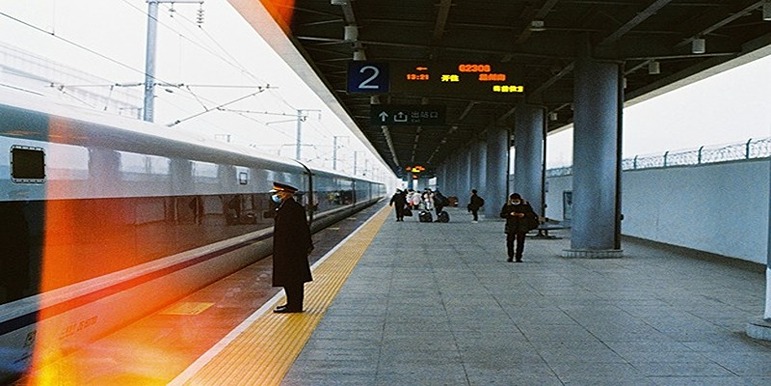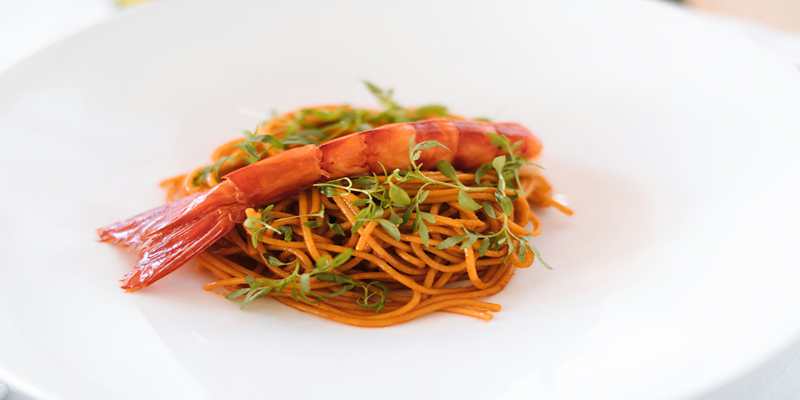Tokyo, Japan's bustling capital, is a vibrant blend of tradition and modernity, offering a unique experience for first-time visitors. As one of the world's largest and most dynamic cities, Tokyo is known for its towering skyscrapers, historic temples, cutting-edge technology, and rich cultural heritage. The city's diverse neighborhoods, from the neon-lit streets of Shibuya to the tranquil gardens of Ueno, provide endless exploration opportunities. Whether you're drawn to Tokyo's culinary delights, fashion districts, or historic landmarks, the city offers something for everyone. Tokyo's efficient public transport system and welcoming atmosphere make it an ideal destination for travelers seeking both adventure and cultural immersion.
Must-See Attractions in Tokyo
Iconic Landmarks: Tokyo Tower and Tokyo Skytree
Tokyo is home to some of the world's most iconic landmarks, with Tokyo Tower and Tokyo Skytree standing out as must-visit destinations. Tokyo Tower, inspired by the Eiffel Tower, offers stunning panoramic views of the city, especially beautiful at night when the city lights up. Tokyo Skytree, the tallest structure in Japan, provides an even higher vantage point, with its observation decks offering breathtaking views that stretch as far as Mount Fuji on a clear day. Both landmarks not only serve as observation points but also house shopping complexes, restaurants, and entertainment facilities, making them perfect spots to explore.
Cultural Spots: Senso-ji Temple and Meiji Shrine
For a glimpse into Tokyo's rich cultural heritage, visiting Senso-ji Temple is essential. Senso-ji, located in Asakusa, is Tokyo's oldest and most famous temple. The temple's vibrant Nakamise Street is lined with traditional shops selling souvenirs and snacks, leading up to the impressive main hall and the iconic Thunder Gate (Kaminarimon).
Modern Marvels: Shibuya Crossing and Akihabara
Tokyo's modern marvels showcase the city's dynamic and futuristic side. Shibuya Crossing, often dubbed the world's busiest pedestrian intersection, is a must-see for its sheer energy and iconic views. The surrounding area is filled with trendy shops, restaurants, and the famous Hachiko statue, a beloved meeting spot. Akihabara, known as Tokyo's "Electric Town," is a paradise for tech enthusiasts and anime fans. This bustling district is packed with electronics stores, manga shops, and themed cafes, offering a unique insight into Japan's pop culture and cutting-edge technology. Both Shibuya and Akihabara highlight Tokyo's unique blend of tradition and innovation.
Navigating Tokyo's Public Transport
Understanding the Tokyo Metro and JR Lines
Tokyo's public transport system is renowned for its efficiency and punctuality, making it easy for visitors to navigate the city. The Tokyo Metro and Japan Railways (JR) lines are the two primary networks, covering different parts of the city. The Metro, with its extensive network of subway lines, is ideal for short trips within the city, while the JR lines, including the iconic Yamanote Line, provide access to broader areas, including suburban regions and connections to other cities. Understanding the color-coded lines and station names in English is crucial for smooth travel.
Tips for Using Suica and Pasmo Cards
To make travel more convenient, tourists are encouraged to use Suica or Pasmo cards, rechargeable smart cards that can be used on most public transport in Tokyo, including buses and trains. These cards eliminate the need to buy individual tickets and can also be used for purchases at convenience stores and vending machines. Suica and Pasmo cards are available at major train stations and can be easily topped up as needed. Remember to always touch the card to the reader at the start and end of your journey to avoid any fare issues.
Navigating Stations and Transfers
Tokyo's train stations can be large and busy, especially during peak hours. It's helpful to familiarize yourself with the station layout and signages, which are usually in both Japanese and English. Look for the exit numbers to find the best way to your destination. When making transfers, allow extra time to navigate between different lines, as some transfers may involve walking through long passageways or multiple levels. Additionally, keeping a map or a transit app handy can be very useful for real-time updates and directions, ensuring a smooth and efficient travel experience throughout the city.
Food and Dining Tips
Tokyo is a culinary paradise, offering a wide range of dining experiences from high-end restaurants to casual street food. For first-time visitors, sampling must-try dishes like sushi, ramen, and tempura is a must. Sushi is best enjoyed at renowned establishments such as Tsukiji Outer Market or conveyor belt sushi restaurants, where fresh seafood is a highlight. Ramen enthusiasts can explore various styles, including shoyu (soy sauce), miso, and tonkotsu (pork bone broth) ramen, at specialty shops throughout the city. For a taste of tempura, visit restaurants that specialize in this delicate, deep-fried cuisine.
Dining etiquette in Japan emphasizes politeness and respect. It's customary to say "itadakimasu" before eating and "gochisousama" after finishing your meal. Tipping is not practiced in Japan, as good service is considered standard. For affordable eats, explore Tokyo's vibrant street food scene, offering delights like takoyaki (octopus balls), yakitori (grilled skewers), and taiyaki (fish-shaped pastries).
Conclusion
Tokyo offers an unforgettable experience for first-time visitors, blending modern marvels with rich cultural heritage. From iconic landmarks like Tokyo Tower and Shibuya Crossing to bustling food markets, the city has something for everyone. Navigating Tokyo's efficient public transport system, indulging in diverse culinary delights, and respecting local customs will enhance your visit. Embrace Tokyo's vibrant atmosphere and explore its unique neighborhoods to fully appreciate this dynamic city. Your first visit to Tokyo promises to be an exciting journey filled with memorable moments and discoveries.




